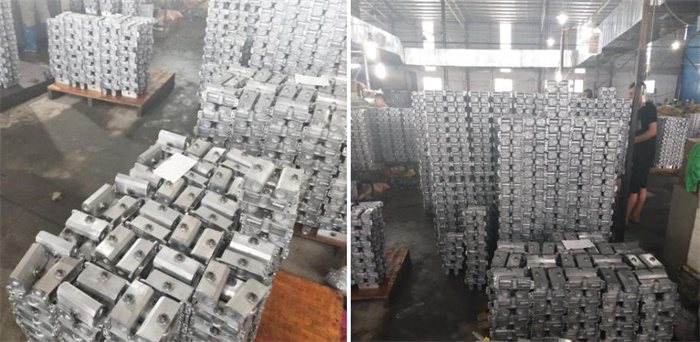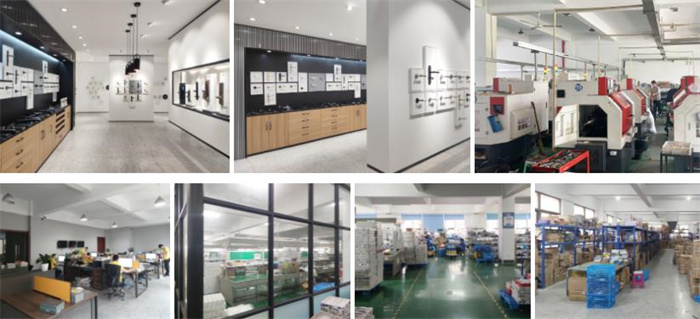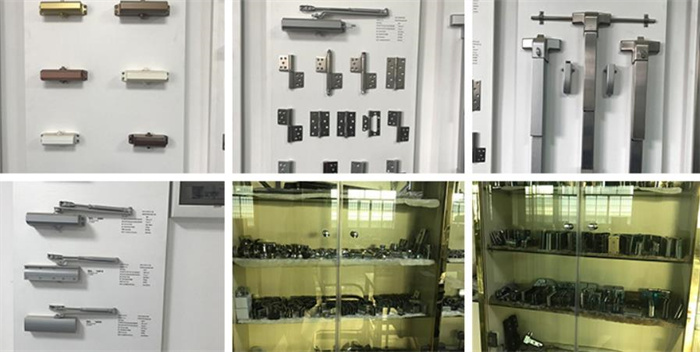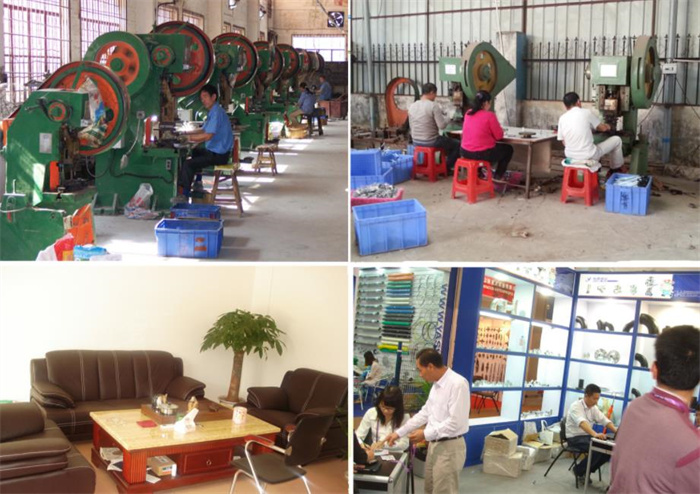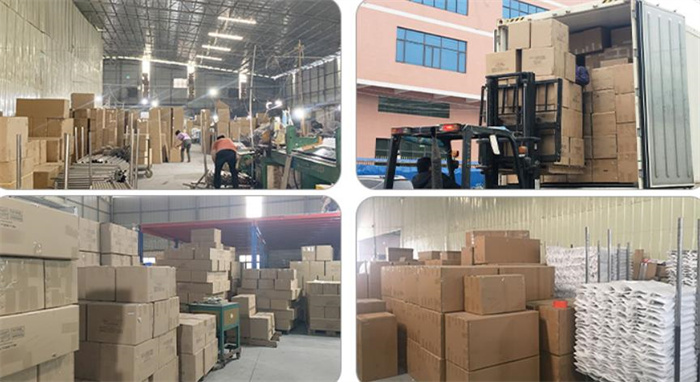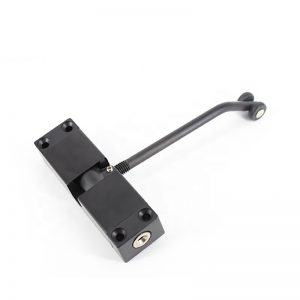
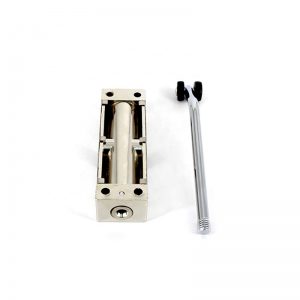
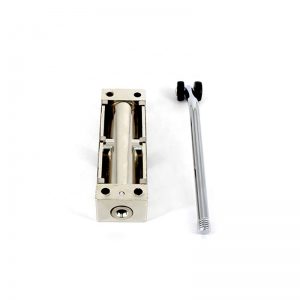
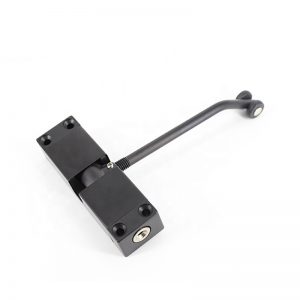
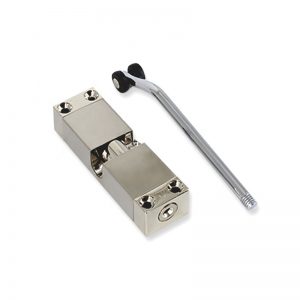
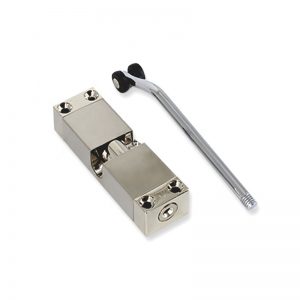
| Type | door closer |
| Custom service | Yes,we can custom logo,printing,packaging |
| Application | Home Office, Exterior and Interior Door |
| Usage | Wooden Door ,Steel Door |
| Style | Modern Simple |
| MOQ | 50 Sets |
| Design Style | Contemporary |
| Lead time | 7days |
| Mail packing | YES |
| Material | Stainless steel |
| Warranty | NONE |
| Finish | Satin Stainless Steel,Black or customized finish |
| Door Weight | 20-30kg |
| Sample | Avaiable |
| Feature | process, because |
The working principle of the door closer:
The basic components of hydraulic door closers include supporting guides, transmission gears, return springs, one-way valves, rack plungers, throttle valve cores and housings, end caps, sealing rings and connecting rods. The shell and the connecting rod play the role of fixing the door closer and connecting the door leaf and the door frame.
The working principle of the door closer is: when the door is opened, the door body drives the connecting rod to move, and causes the transmission gear to rotate, driving the rack plunger to move to the right. When the plunger moves to the right, the spring is compressed, and the hydraulic oil in the right cavity is also compressed. The one-way valve ball on the left side of the plunger is opened under the action of oil pressure, and the hydraulic oil in the right cavity flows into the left cavity through the one-way valve. When the door opening process is completed, because the spring is compressed during the opening process, the accumulated elastic potential energy is released, and the plunger is pushed to the left, driving the transmission gear and the door closer link to rotate to close the door.
During the spring release process, because the hydraulic oil in the left cavity of the door closer is compressed and the one-way valve is closed, the hydraulic oil can only flow out through the gap between the housing and the plunger, and pass through the small hole on the plunger and 2 The flow channel equipped with the throttle valve core flows back to the right cavity. Therefore, the hydraulic oil constitutes resistance to the release of the spring, that is, the effect of buffering is achieved by throttling, and the speed of closing the door is controlled. The throttle valve on the valve body can be adjusted to control the variable closing speed of different stroke sections. Although the structure and size of door closers produced by different manufacturers are different, the principles are the same.
The types of door closers can be divided into: exterior and built-in door top door closers, built-in door middle door closers, door bottom door closers ([1] floor springs), vertical door closers (built-in Vertical door closers) and other types of door closers.
